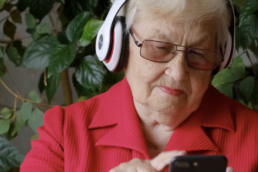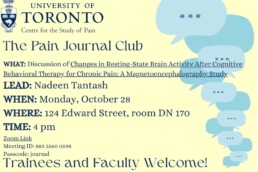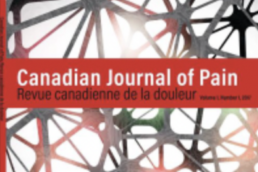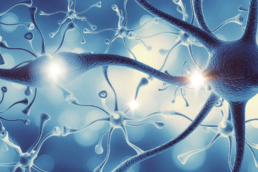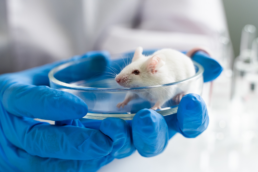Addressing the Usage of Peripheral Nerve Stimulation as a Treatment Option for Neuropathic Pain
Addressing the Usage of Peripheral Nerve Stimulation as a Treatment Option for Neuropathic Pain
Nonionotropic NMDA receptor activity enables reversal of pathological pain in mice
Current treatments for chronic pain tend to conceal and dampen nociceptive processing rather than target its root causes.
